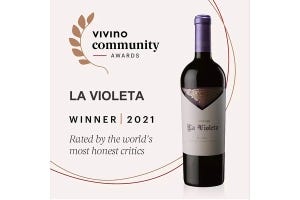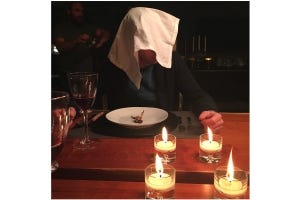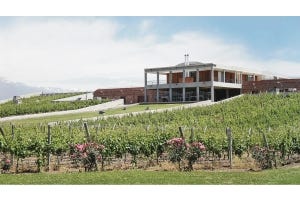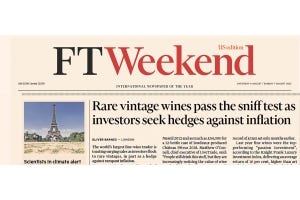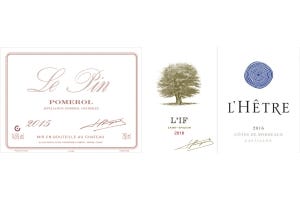Château Figeac Is Ready for Greatness
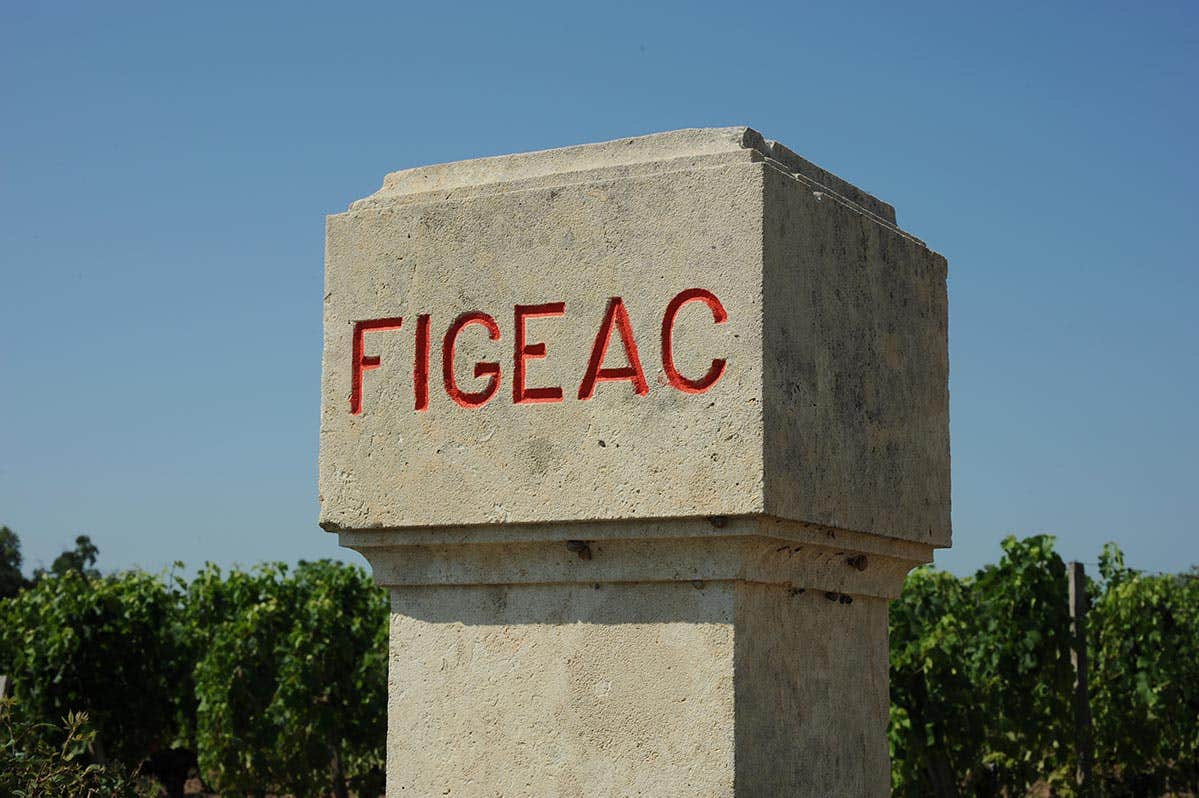
Have you tasted Château Figeac? Do you have it in your cellars? Why do we ask these questions? Allow us to elaborate.
Unlike the Left Bank classification of Médoc which dates back to 1855, Saint-Émilion revises its classification periodically. The next revision is slated to be in 2022. That’s where Château Figeac comes in. Figeac is one of the estates currently classified as Premiers Grands Crus Classés. This is a shortlist of 18 producers (out of hundreds) that represent the best of Saint-Émilion. To be recognized as a member of this group is already quite the honor. However, the crème de la crème would not be a French expression if we cannot identify a handful few that stand out among peers, nonetheless. To recognize its best Premiers Grands Crus Classés, Saint-Émilion has its A list: the original two - Château Ausone and Château Cheval Blanc, and the new entrants since 2012 - Château Angélus and Château Pavie.
It has been widely speculated that Château Figeac is the prime candidate for promotion to the A list in 2022. Every professional we know in the Bordeaux wine trade believes Figeac has long earned the honor. It is a matter of time before the honor is bestowed upon it.
The origin of Château Figeac dates back to the Gallo-Roman times. It derived its name from a man named Figeacus, who built a villa on the same location. In the second half of the 1800s, Figeac went through numerous changes of ownership until 1892, when an architect originally from Belgium bought the estate. He was Henri de Chèvremont, the first member of the Manoncourt family. He designed Figeac’s wine label in 1907, which has remained virtually unchanged ever since. The current head of the family is matriarch Marie-France Manoncourt, whose husband Thierry took over management of the estate after the war, in 1947. He trained as an agricultural engineer and devoted his whole life to the soils and vines on his land while building and elevating the quality of the wine produced at Figeac. He became known as the “pharoah of Saint-Emilion" before his passing in 2010.
Figeac sits on a mosaic of extremely blessed terroir, located on the borders between Pomerol and Saint-Emilion. A large proportion of its estate is made of deep gravel soil intermixed with blue clay. Deep gravel soil in large size, on which Cabernet Sauvignon thrives, is uncommon in Saint-Emilion which is more known for its clay and Merlot. This led Figeac to have the highest percentage of Cabernet Sauvignon and Cabernet Franc, up to 70% of its plantings. With this unique characteristic, Figeac produces a wine that is one of its kind. It is said to be “the most Médoc of the Right Bank wines,” as it always unfailingly stands out from other Saint-Emilion wines during blind tastings. Figeac is Figeac!
In fact, Figeac’s more famous next-door neighbor, Chateau Cheval Blanc, was once part of Figeac. Historically, Figeac was the more prominent wine. After Cheval Blanc was first separated from Figeac, for several years, its wine was sold as vin de Figeac.
One more factor to consider. Negociants in the Bordeaux wine trade perform a role similar to the underwriters of IPOs on Wall Street. They allocate initial release of prized wines to various clients and markets based on long term strategic goals and relationships. We have heard from more than one negociant that, after Brexit, traditional London buyers are no longer their favorite allocation recipients. Fickle politics aside, London buyers tend to be speculative traders who have perfected their art from trading claret for hundreds of years. In recent years, they are buying Figeac in large quantities to stockpile for the day when the promotion to A list happens. Our French friends want to see more wine end up in the cellars of end consumers. Hence, we are receiving more allocations that would make our London friends envious.
Back to the original questions. If you haven’t tasted Figeac, you should. If you don’t have any in your cellars, now is the time to buy.




